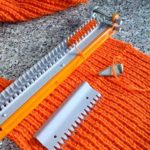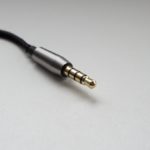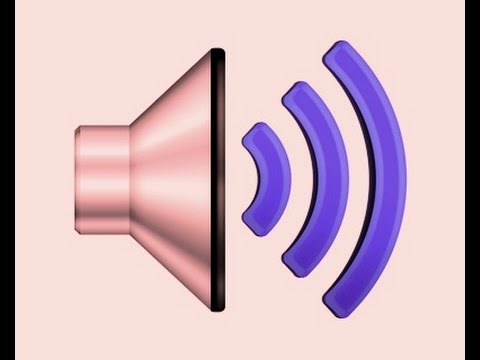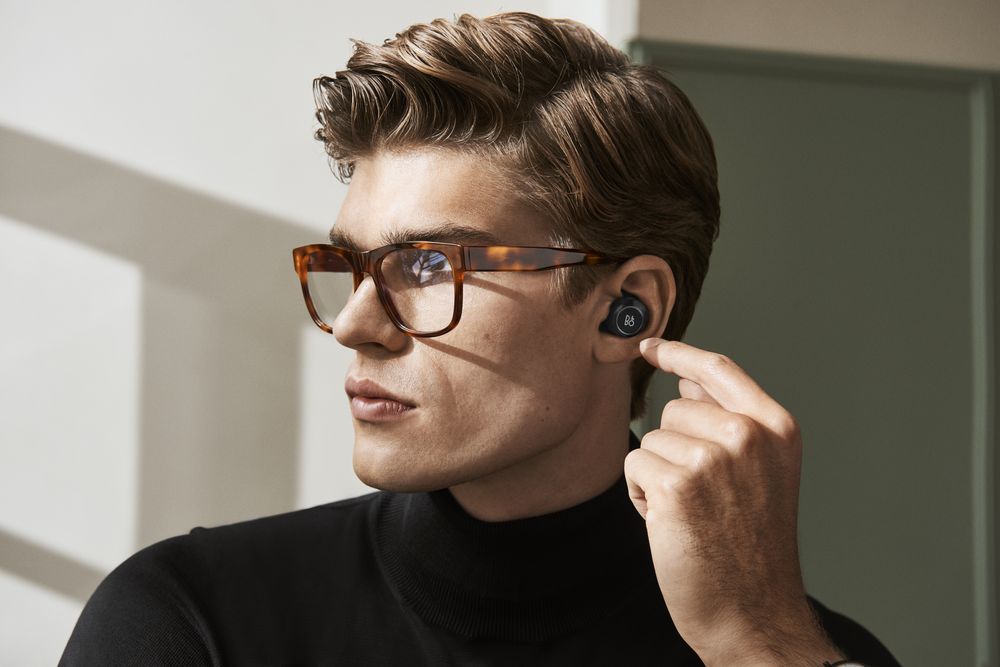Headphone pinout
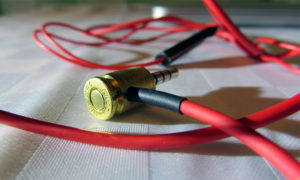 Every modern person has at least one headphones or even several. This accessory allows you to listen to music, watch movies or other videos without the audio track being played being heard by others. In addition, this is a great way to communicate with relatives living hundreds of kilometers away using Skype or other similar programs. But sometimes it becomes necessary to make some repairs to the device - for example, unwiring headphones. In order to carry out this procedure, it is not at all necessary to contact a service center - you do not need special skills or extensive experience. If you carefully study the structure of the headphones and strictly follow all the instructions provided, then even a beginner can handle the job. What will be needed for desoldering and what difficulties may arise during the process? You will learn about all this in this article.
Every modern person has at least one headphones or even several. This accessory allows you to listen to music, watch movies or other videos without the audio track being played being heard by others. In addition, this is a great way to communicate with relatives living hundreds of kilometers away using Skype or other similar programs. But sometimes it becomes necessary to make some repairs to the device - for example, unwiring headphones. In order to carry out this procedure, it is not at all necessary to contact a service center - you do not need special skills or extensive experience. If you carefully study the structure of the headphones and strictly follow all the instructions provided, then even a beginner can handle the job. What will be needed for desoldering and what difficulties may arise during the process? You will learn about all this in this article.
The content of the article
Headphone wire pinout
While searching for information on how to wire up headphones, which may be needed for a variety of purposes, you may come across the word pinout. What is it?
Pinout is information about the location of pins on headphone connectors in accordance with the accessory diagram. It is with the help of this information that you will be able to carry out the necessary repairs to the device, identify the problem area and perform other necessary actions. But first you need to find out what types of connectors there are. Let's consider this issue in more detail.
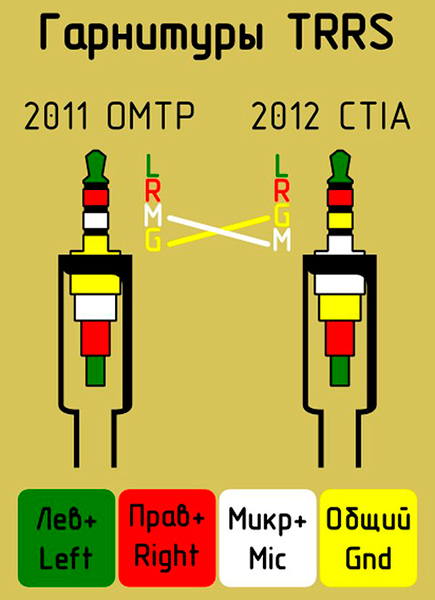
Connector types
Headphones can now be connected to a wide variety of devices - these include smartphones, TVs, computers, and other devices that provide sound playback.
Anyone who has such an accessory is familiar with the round connector where the plug is inserted. But not everyone pays attention to the fact that such connectors come in three different sizes:
- 6.25 mm;
- 3.5 mm;
- 2.5 mm.
According to their size, they are called: large jack, mini-jack and micro-jack. This comes from the English word jack, which translates as nest. The name, easy to remember and pronounce, has passed into the Russian language and is now used by most users and craftsmen, despite the fact that each of these connectors has its own separate name, consisting of an abbreviation.
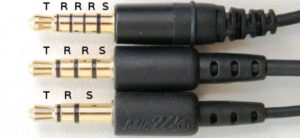 The large jack is used more in a professional musical environment - for microphones and other similar units. In all smartphones and most household appliances, the mini-jack predominates. It is convenient in size and fits even on small phones. Micro-jack is familiar to owners of music players.
The large jack is used more in a professional musical environment - for microphones and other similar units. In all smartphones and most household appliances, the mini-jack predominates. It is convenient in size and fits even on small phones. Micro-jack is familiar to owners of music players.
Mini-jack connectors are divided into three more types: two. three and four contact. The first option has practically not been used for many years, only in completely outdated models. Three-pin headphones are distinguished by the presence of separate channels for each speaker and one combined one. But four-contact models also have a channel for a microphone.
Headphone wiring diagram
In order to make any repairs to headphones that require disassembling them, a diagram is needed. The wiring diagram for different connectors is different, so you should be as careful as possible so as not to confuse the jack.
The diagram can be found on the Internet or a thematic magazine.
IMPORTANT. Please note that without such a picture and knowledge of the internal structure, it will not be possible to correctly wire it. Therefore, it is important to study everything in advance and understand the principle of operation of headphones.
Headphone wiring
In order to make the necessary manipulations on different headphone connectors, not much effort and information will be required.
The plug has 2.5 and 3.5 jacks
In ordinary devices there are three cables - this plug is called the abbreviation TRS, which distinguishes it from a headset. It is important to know the sequence from tip to wire:
- left speaker;
- right speaker;
- general speaker.
If there are three wires, then two of them are usually combined - you need to choose them by the same color. Here it is important not to make a mistake and connect exactly those cables that are in harmony with each other.
Wiring in this case is as simple as possible. The wires are connected to the required places, which are very easy to determine intuitively.
IMPORTANT. Please note that the sequence on plugs 2.5 and 3.5 is absolutely identical. Therefore, knowing the necessary information about one, you can safely use them to work with another plug, which differs only in size.
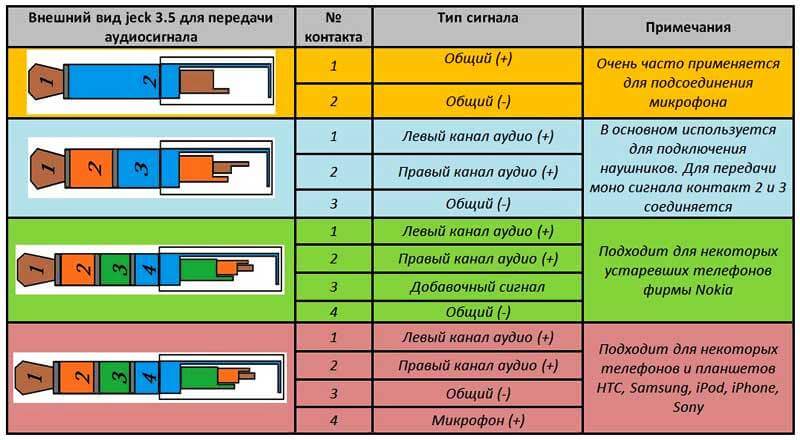
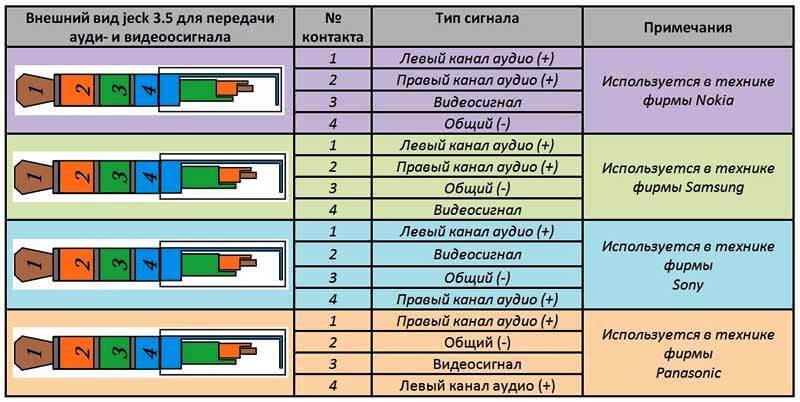
On mini-USB and micro-USB plugs
Plugs such as mini-USB and micro-USB are used in certain phone models. Most often these are headset-type models - with a built-in microphone.But sometimes you can connect even ordinary headphones in this way to listen to music or watch an interesting video.
In such inputs, as in the previous case, the wiring is absolutely identical. You need to know that they have 5 outputs, but you don’t need to solder wires to each of them.
The numbering, which is necessary for operation, is carried out from right to left on the opposite side from the cable connection. The wires should be soldered to the first - common, the third - the right channel, and the fourth - the left channel.
Wiring the headset
Headphones that have a built-in microphone differ from others in their internal structure. Let's look at some wiring options for the headset.
In plug 3.5
Such plugs are called by another abbreviation - TRRS. And here there are two different wiring options - OMTP and CTIA.
If you connect an accessory of the wrong type, the headphones will reproduce the sound incorrectly, and the microphone will turn off completely. The difference is the connection of the microphone and the common wire, which are connected to cables 3 and 4.

To USB plugs
In cases where headphones are connected using USB connectors, it is also important to understand the sequence of all the wires present there.
In mini-USB or micro-USB connectors, the sequence on the connection side is as follows:
- common wire;
- microphone and device control buttons;
- right speaker;
- left speaker;
- unconnected cable.
If the plug does not fit into the required connector, a conductor is used. It’s easy to do it yourself, even without special skills in this area.
Now you know what headphone pinout and wiring are, why this information may be needed, and how different types of connectors differ from each other.If you know exactly how to solder wires to each type of headphones and plugs, then you can easily make any necessary changes to your existing device. For example, it’s very easy to turn an old headset that you no longer use into a temporary microphone for your computer if you urgently need to call someone.
 In addition, in this way, headphones are repaired, the sound in which suddenly became dull or rustling noises appeared. Perhaps the problem lies not in mechanical damage, but somewhere in the internal structure of the accessory. Remember that if your headphones break, you don’t have to immediately run to the store for new ones or turn to professionals for expensive help - you are quite capable of finding the cause of the problem and fixing it yourself, saving not only a decent amount of money, but also time.
In addition, in this way, headphones are repaired, the sound in which suddenly became dull or rustling noises appeared. Perhaps the problem lies not in mechanical damage, but somewhere in the internal structure of the accessory. Remember that if your headphones break, you don’t have to immediately run to the store for new ones or turn to professionals for expensive help - you are quite capable of finding the cause of the problem and fixing it yourself, saving not only a decent amount of money, but also time.


